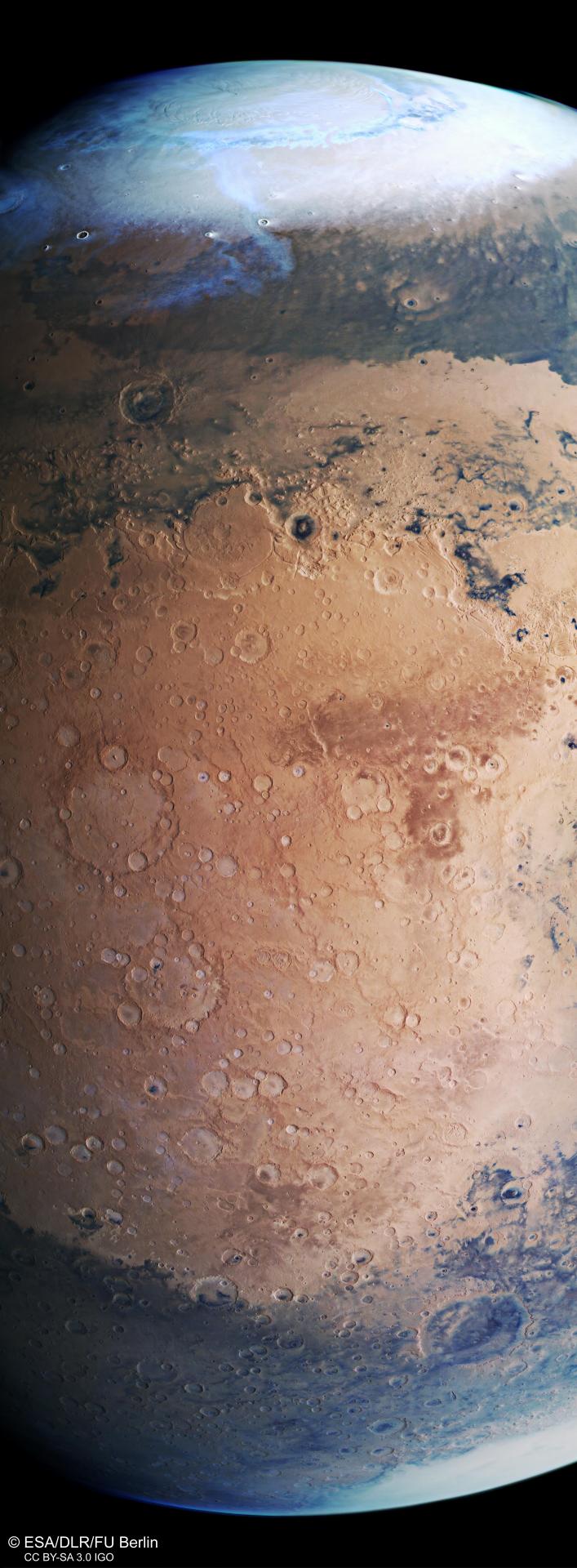Ad-astra-affecte-spe - Reach For The Stars With Hope

More Posts from Ad-astra-affecte-spe and Others




Jupiter Swirling Storms l NASA Juno


Whirlpool Galaxy M51a was the very first galaxy classified as a spiral galaxy.
NATIVE CARBON DIOXIDE FOUND ON JUPITER’S MOON EUROPA


Did Betelgeuse Swallow a Binary Partner ?
The star hit the news back in late 2019 when it suddenly dimmed in an event known as the great dimming, and since there's been a lot of papers and theories to what really happened.

At the time, there was talk of supernova from a minority, while most astronomers reserved judgement on this, which turned out to be the right call, although even they had to admit bafflement at why this star suddenly become so dim.
Since, then the prevailing and mostly accepted theory is that the star ejected a huge amount of material which included carbon and thus concealed parts of the star, causing the dimming.

A new paper from Department of Physics and Astronomy at Louisiana State University has looked at another idea, that at some point in the recent past the star had consumed a binary partner.
While the study can only make suggestions at this point, some of the observed facts about Betelgeuse certainly fit the bill. The star spins very quickly for an old supersized red giant, even faster than our own sun, and the team believe a past consumption may have transferred energy to the star, accounting for this spin rate.
The next thing was that the super giant star didn't just dim, it rebounded and actually brightened considerably too. These events of material coming to the surface and briefly causing a brightening effect are predicted through models of this occurrence.
The star is not likely to go supernova anytime soon, but I would put bets on the likelihood of the star surprising us once again in the coming decades.

this morning NASA abandoned their mars rover Opportunity (aka Oppy) because it (she) got hit by a storm on Mars and it knocked her camera and wheels out and her last words to the team were “my battery is low and it is getting cold”. I know she’s a machine but I’m devastated. Oppy is the one who discovered water on Mars. RIP oppy ily space baby

Thor's Helmet
NGC2359 has been featured on this blog a number of times, but this image brought to us by APOD just needed to be re-shared again.
At the heart a Wolf Rayet star, throwing off sheets of atmosphere periodically, and creating this twisted bubble of dust and gas.
The image was captured using narrowband filters, picking out specific elements and the light frequencies they resonate at when bombarded with UV light. It's allowed some of the detailed filaments to be seen.
Ultimately, in the next 15-20, 000 years, this star will go supernova, and despite it's distance of 15,000 light years, will light up our sky for a few months.

Mars, as seen by ESA's Mars Express satellite

Gamma Cas & Ghost Nebula © Antoine Grelin


Messier 45: The Pleiades
Nick Fritz on Instagram
-
 ad-astra-affecte-spe reblogged this · 2 years ago
ad-astra-affecte-spe reblogged this · 2 years ago -
 the-yearning-astronaut reblogged this · 2 years ago
the-yearning-astronaut reblogged this · 2 years ago -
 brittklein18 liked this · 2 years ago
brittklein18 liked this · 2 years ago -
 no9fa liked this · 2 years ago
no9fa liked this · 2 years ago -
 aryaraju liked this · 2 years ago
aryaraju liked this · 2 years ago -
 iwbuzzsworld liked this · 2 years ago
iwbuzzsworld liked this · 2 years ago -
 jennykin liked this · 2 years ago
jennykin liked this · 2 years ago -
 sunnycosmology reblogged this · 2 years ago
sunnycosmology reblogged this · 2 years ago

★•Astronomy, Physics, and Aerospace•★ Original and Reblogged Content curated by a NASA Solar System Ambassador
204 posts
